
Social Media Blog 6: Checking in on Brand Loyalty
Marketing minds Bennett and Rundle-Thiele bring us on an historical journey of the ups and downs of brand loyalty over time. They have identified a 5 stage brand loyalty lifecycle which positions us, unfortunately, in stage 5 “Declining Brand Loyalty”. This might not be the ideal spot to find ourselves in, however, understanding what encouraged consumers to be loyal in the past can teach us lessons on how we can restore brand loyalty again. Today we’re going to explore the stages that brought us to “Declining Brand Loyalty” and consider how brands can use social media to increase levels of brand loyalty again.
Stage 1. The Birth of Brand Loyalty
In the late 1800’s brands such as Gillette, Jacobs, Johnston Mooney & O’Brien and Coca-Cola were stocked on our shelves. At this time, when the standard of products sold to consumers was often questionable, a brand acted as a promise of quality. Buying a brand meant reduced risk for consumers and buying it again and again meant reduced effort.
Stage 2. The Golden Age of Brand Loyalty
The early 1900’s brought many more everyday brands for consumers to choose from. Retailers celebrated increased sales of branded items, brand recall was high and consumers were highly loyal to particular brands. There was however a growing sense of cynicism towards advertising which consumers were beginning to view as deceptive and even manipulative.
Stage 3. Latent Brand Loyalty
World war II and economic recession meant that although consumers had high levels of brand preference, they had to do without many of the brands they had previously enjoyed.
Stage 4. The Birth of Multi-brand Loyalty
After World War II consumers were met with an explosion of new products all offering consistently high quality. Retailers began to focus on price competitiveness and many released private label products. All this meant that brands could be easily substituted leading to multi-brand loyalty.
Stage 5. Declining Brand Loyalty
From the 1970’s onwards consumers have become less brand loyal. Quality has become consistently high across all products and services so there is very little risk involved in switching. In the past many brands relied on their promise of quality but brands that have failed to properly differentiate themselves along alternative lines have now found themselves facing consumer ambivalence.
So, how can we fix it?
1. Build a brand identity based on your key point of difference
The key is to create a brand which is perceived to have no viable substitutes. To create a brand with zero substitutes you need to understand what your point of difference is and create a brand identity based around this. Consumers want to associate themselves with brands who share their personal values and ideologies. When this can happen, a customer becomes an advocate, and the relationship between this advocate and other customers becomes the start of a brand community.
2. Start an online brand community
The most powerful way to build brand loyalty is to create a community. The first step in building this community is to know your audience and understand what is valuable to them. To really know your audience you need to be active online- engage, ask questions, join conversations and listen. Members of a brand community will act as ambassadors for your brand, spreading information, recommendations and user generated content with a sense of obligation and belonging. The result is that the brand becomes an irreplaceable source of valuable content in consumers’ minds. Facebook Groups is an ideal platform for starting a brand community and ultimately the community should be able to sustain itself with limited direct involvement from the brand.
Understanding your brand’s point of difference and creating a meaningful identity based around this will enable your brand to start creating a community with a strong sense of brand loyalty. If you need help getting the ball rolling get in touch with Neworld today.
Keep Reading
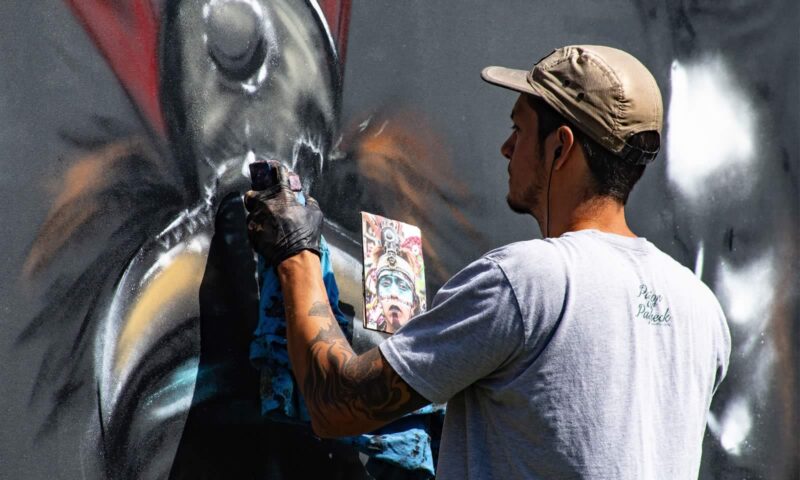
The writing is on the (Waterford) wall
1 page, a million pixels = $1Million

Apple does it again nailing WFH

Digital and Social Media Marketing Insights for 2019
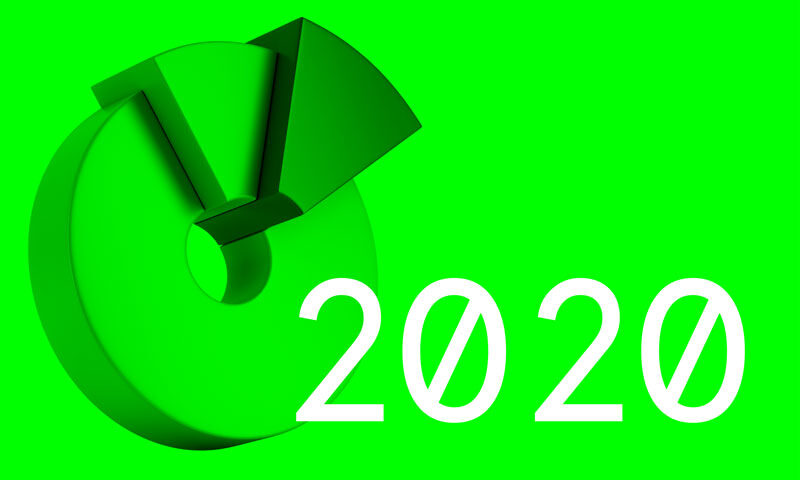
Social Media Marketing Statistics for 2020

Social Media Blog 1: Crashing Social Media

Social Media Blog 2: The Cost of Social Media Marketing
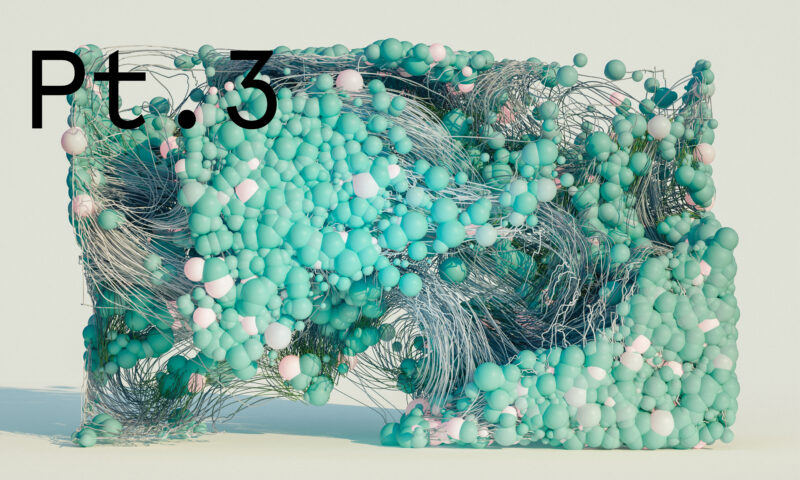
Social Media Blog 3: How to Grow Social Media Following...

Social Media Blog 4: Where Do Brands Live?

Social Media Blog 5: Being Authentic on Social Media
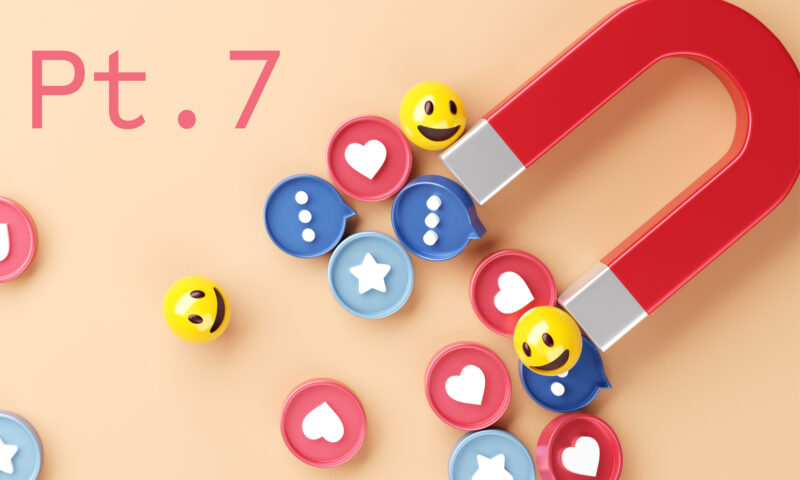
Social Media Blog 7: The Power of Niche on Social Media

Social Media Blog 8: Online Privacy

Digital and Social Media Trends for 2021

How Can Brands Celebrate Pride Month?

Digital and Social Media Trends for 2023
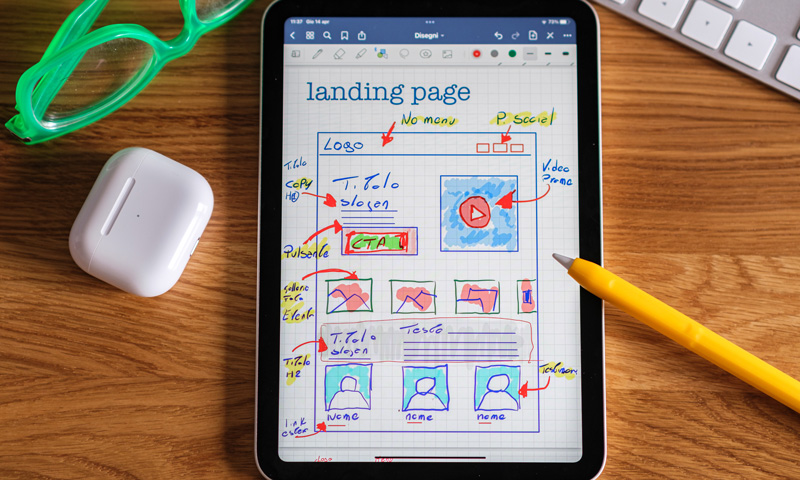
5 Answers to Give a Web Agency

The Essentials of Website Security


